please help me questions
Aug 12, 2012 11:33:05 #
br3kes
Loc: Tarentum PA
I'm not really new to digital photography (2yrs or so), but I am a 'newbie' since Ive realized that there is more than just 'Auto"...thanks to you guys at UglyHH :D Afew questions for help please...1. Image size- large or small? 2. When I use a low ISO of say 200 on an overcast day and taking a shot of a Blue Heron in flight should I use 'A' or 'S' and if 'A' should it be low # fstop or in 'S' should it be fast shutter like 1/1000? I know how to move with the bird, but when I was using Auto all the time (dumb dumb), the ISO would be astronomical and the picture turned out extremely grainy/noisy when I cropped, which I had to cause my lens is 18-270. I have a nikon d5000 and did have a nikon 55-200 lens which I loved, but started getting spots on the iside of the lens (repairable?). So I purchased the Tamron 18-270 and the 18-200. Havent used the 200 yet, am using the 270 and dont know if I like it. Alot of the far away pictures seem to be blurry. Takes great close ups of my flowers though. Any suggestions there? You HedgeHOgs are 'invaluable' when it comes to helping people out and you take GREAT pictures! Thanks in advance. PS Im usually on the boat when taking the pictures, obviously no tripod.
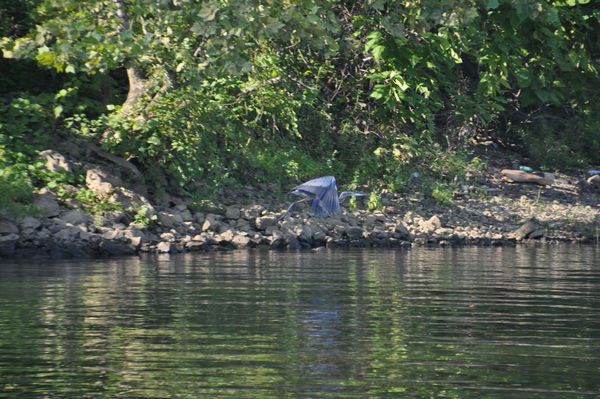
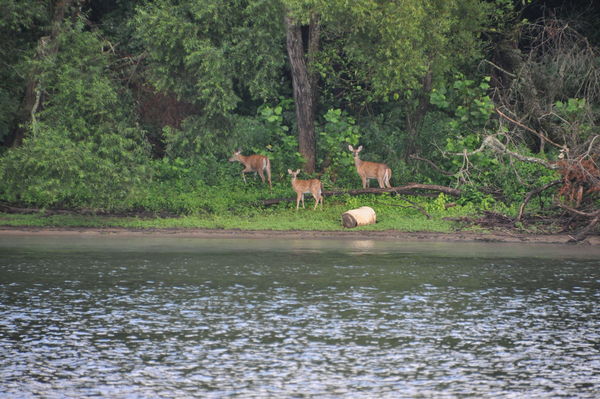
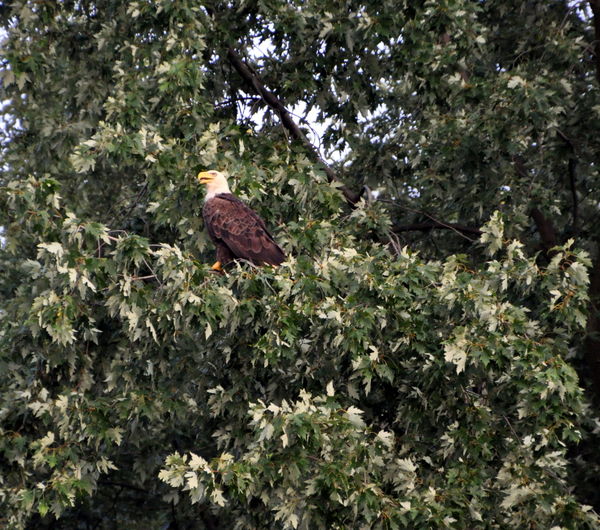
Aug 12, 2012 11:49:19 #
Aug 12, 2012 12:11:51 #
Aug 12, 2012 12:29:23 #
I to have learned a lot my being on HHG, but I have also do a lot of expermenting. On flying birds try using shutter priority set at 1000, ASA of 400 and a f stop around 5-7. This should keep you at a fairly good exposure. If not try something different. The joy of digital is you can experment a lot and the only cost is your time. Happy shooting.
Aug 12, 2012 12:34:16 #
br3kes wrote:
I have a nikon d5000 and did have a nikon 55-200 lens which I loved, but started getting spots on the iside of the lens (repairable?).
Sounds like possibly dust on the backside of the lens, or maybe on the sensor. A cleaning may solve the problem -- check with a local camera store for help.
Aug 12, 2012 12:41:40 #
I feel you answered you question in the last line - no tripod- I don't know the size of your boat but I would go for either a collapsed/small tripod or some kind of camera stablizing mount with a ball head - look at some that a recomended for use in the front dashboard of big RVs -camera movement is the biggest villan in telephoto shooting.
JMHO
Harvey
JMHO
Harvey
Aug 12, 2012 13:28:39 #
myts10
Loc: SE Ohio
How big of boat? I recently went on a Stern-wheeler trip and took my tripod. Got a few really good shots with no motion blur. If the boat is moving with choppy water a tripod or monopod won't help much. Some cameras automatically detect their use and turn off IS. You might be able to turn it on with a monopod attached to counteract the action of the water.
Aug 13, 2012 07:41:10 #
br3kes
Loc: Tarentum PA
22 ft cutty. Lots of skiers and other boats out on the river, that is why I dont use a tripod, maybe I'll try one though, it certainly cant hurt. Thanks
Aug 13, 2012 07:42:33 #
br3kes
Loc: Tarentum PA
SeniorPhotographer wrote:
Sounds like possibly dust on the backside of the lens, or maybe on the sensor. A cleaning may solve the problem -- check with a local camera store for help.
br3kes wrote:
I have a nikon d5000 and did have a nikon 55-200 lens which I loved, but started getting spots on the iside of the lens (repairable?).
Sounds like possibly dust on the backside of the lens, or maybe on the sensor. A cleaning may solve the problem -- check with a local camera store for help.
Thanks, I'll try that, although it actually looks like water spots on the inside.
Aug 13, 2012 07:43:33 #
br3kes
Loc: Tarentum PA
Acountry330 wrote:
I to have learned a lot my being on HHG, but I have also do a lot of expermenting. On flying birds try using shutter priority set at 1000, ASA of 400 and a f stop around 5-7. This should keep you at a fairly good exposure. If not try something different. The joy of digital is you can experment a lot and the only cost is your time. Happy shooting.
Thanks...point well taken! :D
Aug 13, 2012 08:18:02 #
APB
Loc: UK
I have recently had problems with 'dirty lenses' on my D7000 so visited my local camera shop for a general sensor and lens clean up.
However the problem was fine oil drops within the camera body probably caused as the shutter fired.
Anyone else had similar experience
However the problem was fine oil drops within the camera body probably caused as the shutter fired.
Anyone else had similar experience
Aug 13, 2012 09:29:31 #
OK, here are a few practical tips. First, yes, large files. Some of the graininess may be caused by using a low resolution. Second, a tripod in a small boat is an exercise in futility. The boat is moving, even tied up to the dock, so you gain little stability. In fact, with the motor running, you are introducing vibrations into the equation. Third, do any of your lenses have image stabilization? Nikon called it VR. You MAY want to turn it on.
In aperture priority, set your f/stop at f/8 and your ISO at 400. In bright sun, your shutter speed will be around 1/1000. Using good technique with a long lens, you should get sharp pictures even without VR. As the light drops on an overcast day, the shutter speed will drop and VR will become important. If the shutter speed drops to 1/250 or less, adjust your f/stop to f/5.6 or even 4.0 to get the shutterspeed up a bit.
The rule of thumb is to have a minimum shutter speed that is the reciprocal of the maximum zoom so that with a 270 mm lens, you want at least 1/270 sec. That is fine for on dry land but not in a boat. That is why I am recommending at least twice the focal length. That would put you at approximately 1/600th as the minimum shutter speed.
You have several redundant lenses. Remember that zoom lenses are rarely at their best when zoomed all the way in or out. Your camera manufacturer's own lenses are usually better than the after market brands. You may want to explore getting the Nikon lens repaired. It may be the best of the bunch.
Good luck and keep shooting!
In aperture priority, set your f/stop at f/8 and your ISO at 400. In bright sun, your shutter speed will be around 1/1000. Using good technique with a long lens, you should get sharp pictures even without VR. As the light drops on an overcast day, the shutter speed will drop and VR will become important. If the shutter speed drops to 1/250 or less, adjust your f/stop to f/5.6 or even 4.0 to get the shutterspeed up a bit.
The rule of thumb is to have a minimum shutter speed that is the reciprocal of the maximum zoom so that with a 270 mm lens, you want at least 1/270 sec. That is fine for on dry land but not in a boat. That is why I am recommending at least twice the focal length. That would put you at approximately 1/600th as the minimum shutter speed.
You have several redundant lenses. Remember that zoom lenses are rarely at their best when zoomed all the way in or out. Your camera manufacturer's own lenses are usually better than the after market brands. You may want to explore getting the Nikon lens repaired. It may be the best of the bunch.
Good luck and keep shooting!
Aug 13, 2012 12:46:50 #
I think that everyone has about covered your questions. I only have one thing to add. If you want to keep your ISO as low as possible and your shutter speed as high as possible then open your lens aperture as much as you can allowing the most light to enter the lens. An additional benefit is more blurred background which makes the subject jump out of the image. Here is an example of what it looks like.
Keep up the good work, you've come to the right place for help.
Keep up the good work, you've come to the right place for help.
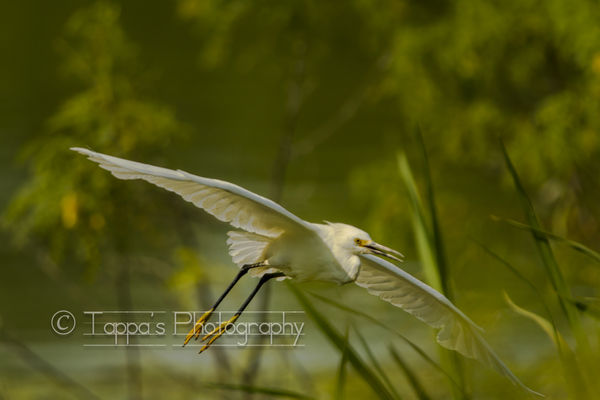
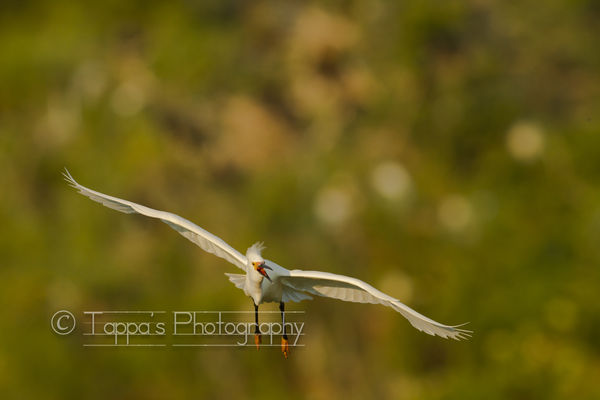
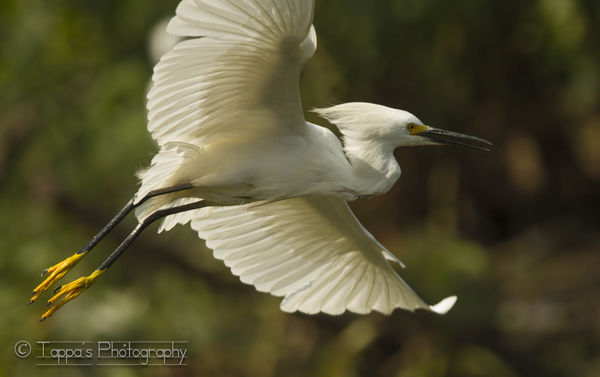
Aug 13, 2012 15:56:25 #
br3kes
Loc: Tarentum PA
Gary Truchelut wrote:
I think that everyone has about covered your questions. I only have one thing to add. If you want to keep your ISO as low as possible and your shutter speed as high as possible then open your lens aperture as much as you can allowing the most light to enter the lens. An additional benefit is more blurred background which makes the subject jump out of the image. Here is an example of what it looks like.
Keep up the good work, you've come to the right place for help.
Keep up the good work, you've come to the right place for help.
YES! Gotcha! Beautiful shots and yours dont seem to be noisy at all. Thank you!
Aug 13, 2012 15:58:31 #
br3kes
Loc: Tarentum PA
birdpix wrote:
OK, here are a few practical tips. First, yes, lar... (show quote)
Thank you sooo much. That is why I never take the tripod on the boat. I figured my body would take most of the vibration. I do have VR and use it all the time. Thank you for the great info...now out to try and get the bird again :D
If you want to reply, then register here. Registration is free and your account is created instantly, so you can post right away.




